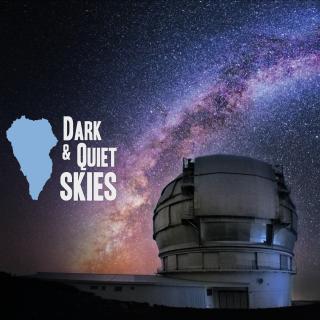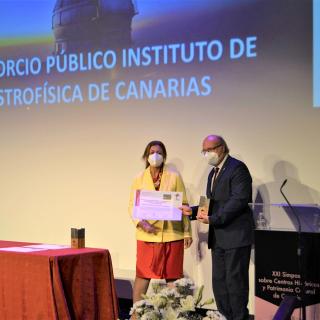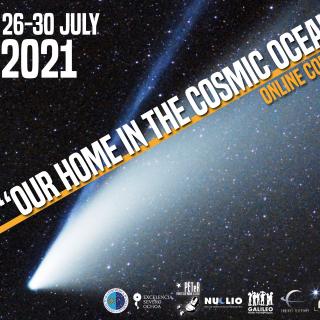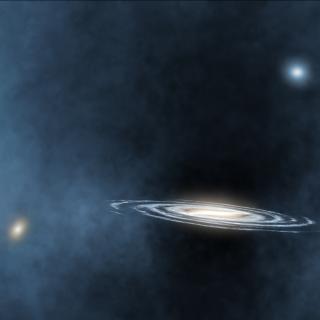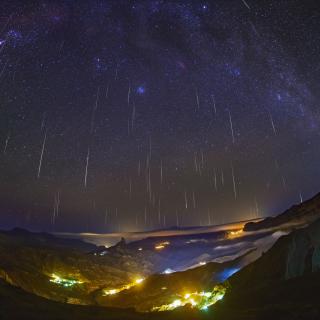
During the afternoon of Sunday 20th June, as part of the outreach activities of the Energy Efficiency Laboratories (EELabs) project, coordinated by the Instituto de Astrofísica de Canarias (IAC) the sky-live.tv channel will broadcast the sunset of the summer solstice from the municipality of Tejeda, with the collaboration of the Town Council of the municipality and of World Heritage (Patrimonio Mundial) and Biosphere Reserve Institute of Grand Canary. “The summer solstice was one of the key dates in the astronomy of the aboriginal people of the Island of Grand Canary. We know this thanks to
Advertised on
